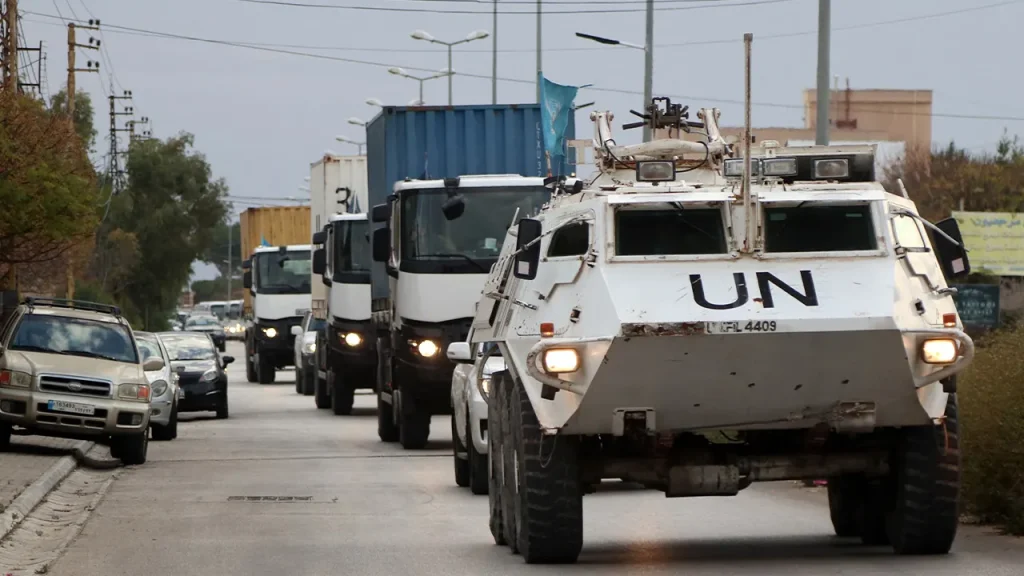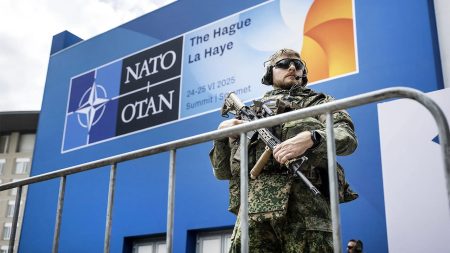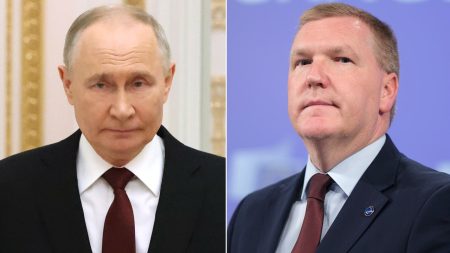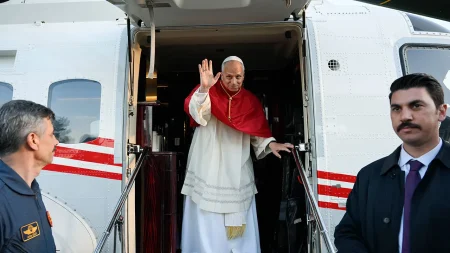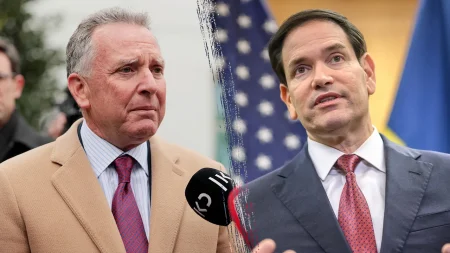U.S. Proposes International Security Force for Gaza Peace Plan
Ambassador Mike Waltz’s draft U.N. Security Council resolution represents a bold step in President Trump’s vision for peace in Gaza. The proposal, which envisions a two-year international stabilization force under U.N. oversight, marks a significant diplomatic initiative in a region desperately seeking stability. In meetings with representatives from Egypt, Qatar, Saudi Arabia, Turkey, and the United Arab Emirates, Waltz outlined a comprehensive framework aimed at securing Gaza, protecting civilians, and beginning the complex process of demilitarizing armed groups once major combat operations conclude. Perhaps most notable was the rare inclusion of the Palestinian Authority in these discussions, signaling a potential path toward reformed Palestinian governance – though Israel has expressed reservations about this aspect of the plan.
The resolution would empower an international mission to “use all necessary measures” to stabilize Gaza, creating what officials describe as a transitional “Board of Peace” to coordinate security efforts with Egypt, Israel, and a carefully vetted Palestinian police force. While the U.S. has ruled out sending its own combat troops, it has approached several Muslim-majority nations including Indonesia, Egypt, the UAE, and Turkey about potential contributions. This delicate diplomatic balancing act faces immediate challenges, with Israeli officials already indicating they would oppose Turkish forces near their borders. Approximately 200 U.S. personnel are currently stationed in Israel at a civil-military coordination center, managing logistics and planning for the proposed transition without direct combat involvement.
According to John Spencer, executive director of the Urban Warfare Institute, success hinges on following proven models from previous international peacekeeping operations. “For Gaza, I personally would like people to think Kosovo, not Lebanon,” Spencer told Fox News Digital, emphasizing that historical precedent clearly shows what determines success: “a clear mandate, enough troops and the authority to act.” The Kosovo Force (KFOR) deployed approximately 50,000 troops following the 1999 NATO campaign, operating under U.N. Security Council Resolution 1244 with explicit authority to stabilize the region, separate combatants, and rebuild governance structures. This model demonstrates both the necessary scale and patience required, as KFOR remains active decades later, though with reduced troop levels compared to its initial deployment.
Similar lessons can be drawn from Bosnia’s post-war stabilization, where the 1995 Dayton Accords authorized NATO-led forces that deployed approximately 60,000 troops with clear mandates for disarmament and peacekeeping. East Timor offers another positive example, where an Australian-led mission quickly established legitimacy and built local trust, essential ingredients for sustainable peace. By contrast, the United Nations Interim Force in Lebanon (UNIFIL), established in 1978 and expanded after the 2006 war, represents a cautionary tale of what happens when peacekeepers lack sufficient authority or clear mandates. Spencer describes UNIFIL as “glorified observers without a mandate to demilitarize anything,” a criticism echoed by Israel, which has long maintained that UNIFIL allowed Hezbollah to entrench itself despite the peacekeepers’ presence.
For Gaza, Spencer envisions an “inkblot strategy” where the international force would stabilize cleared districts while combat operations potentially continue elsewhere. This approach would allow the Israel Defense Forces to maintain security operations against Hamas while international peacekeepers focus on humanitarian aid, demining, and restoring order in secured zones. “You can create safe areas where a stabilization force, under the right mandate and equipped correctly, is stabilizing areas while you are also conducting operations against Hamas,” Spencer explained. He noted promising developments in newly established humanitarian zones inside cleared areas of Gaza, suggesting that small successes could build momentum toward broader stability.
The path forward remains fraught with challenges, including potential disinformation campaigns and attacks from groups opposed to peace efforts. “There are people who do not want this to succeed,” Spencer warned, highlighting the importance of anticipating attempts to undermine the mission, particularly through online channels. Success will ultimately depend on moving beyond military stabilization to build local capacity and legitimacy. “You have to start training a vetted Palestinian police force and governance team,” Spencer emphasized, noting that true peace will require patience, substantial resources, and realistic expectations. As with Kosovo, this mission would likely require a long-term commitment rather than a quick solution. The draft resolution represents not just a peacekeeping proposal but a test of whether the international community can marshal the political will, resources, and strategic patience to transform one of the world’s most intractable conflicts into a sustainable peace.





